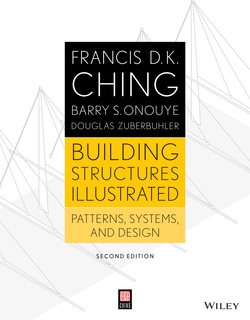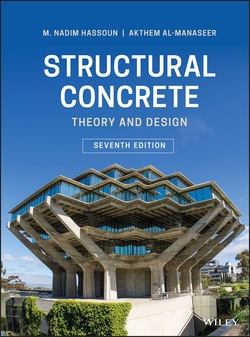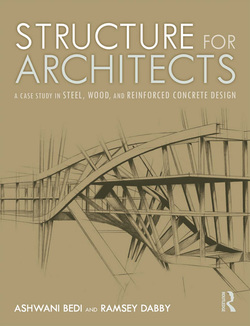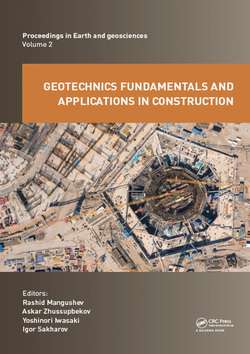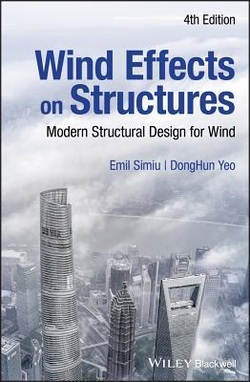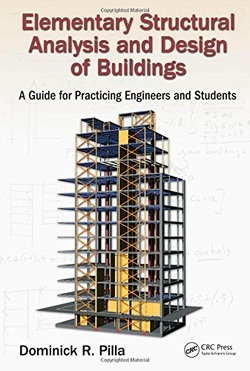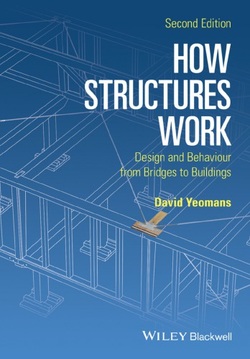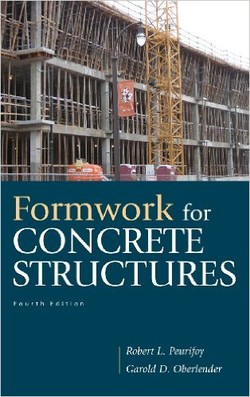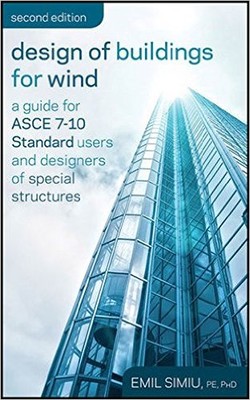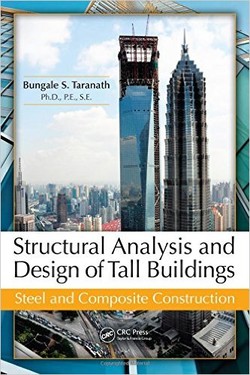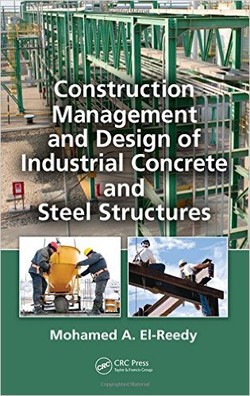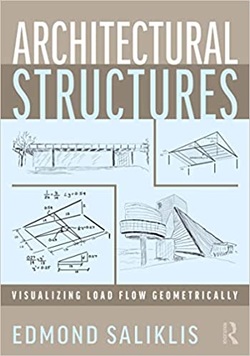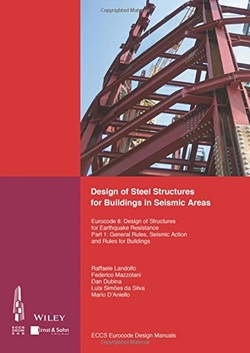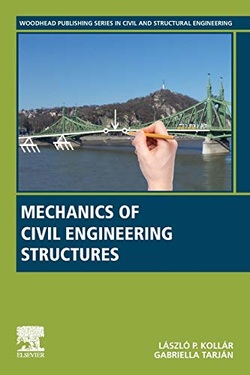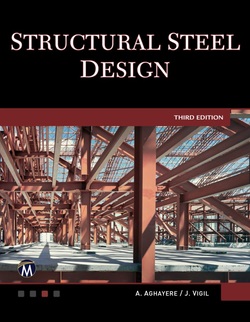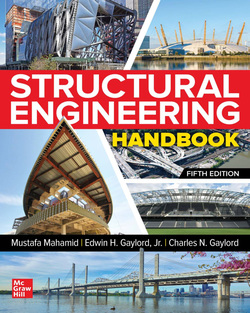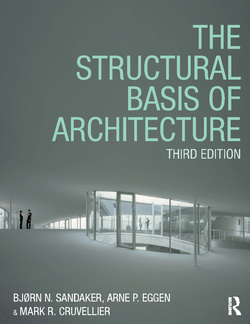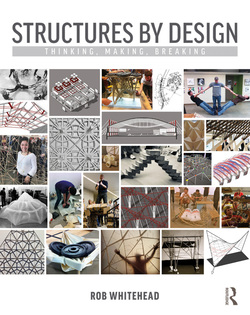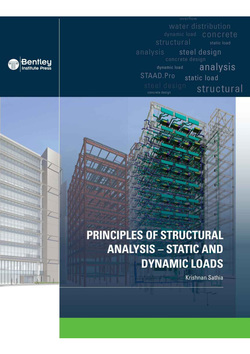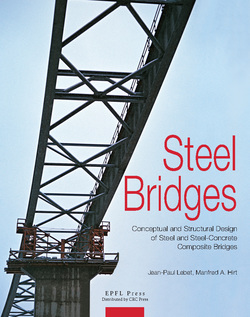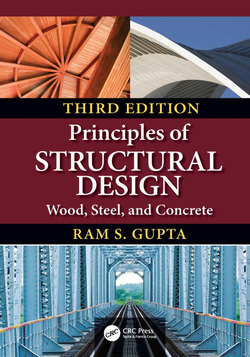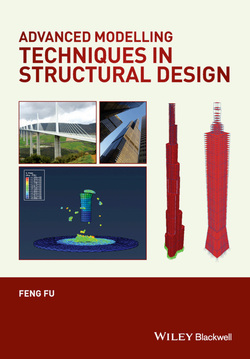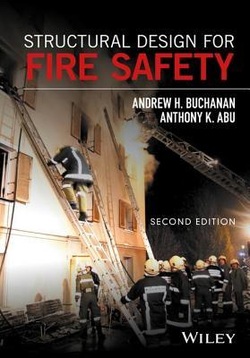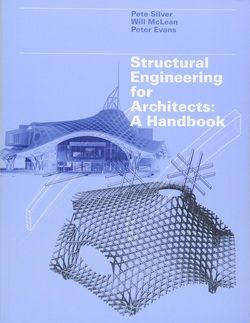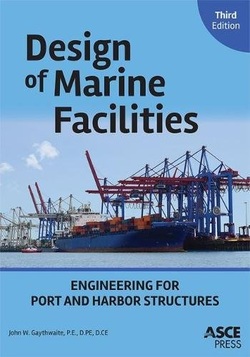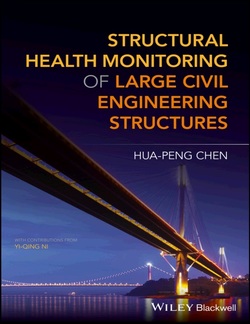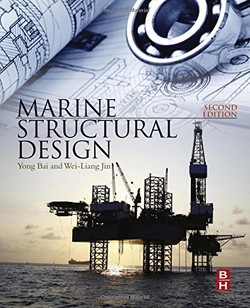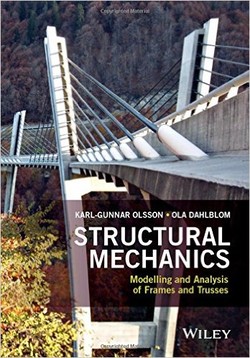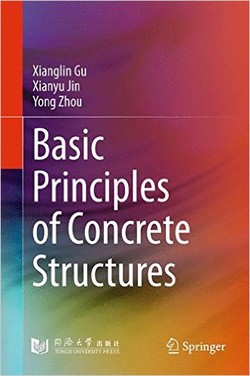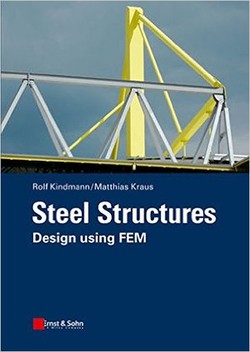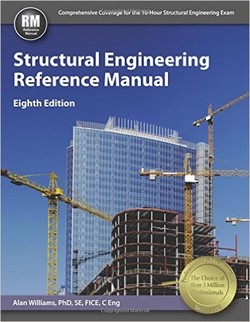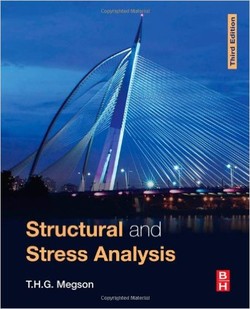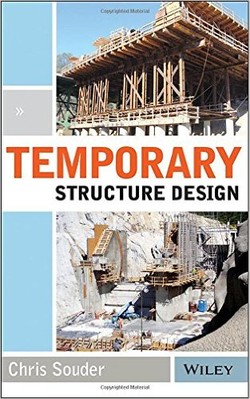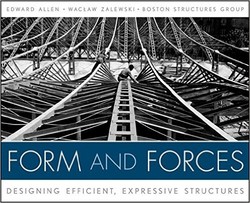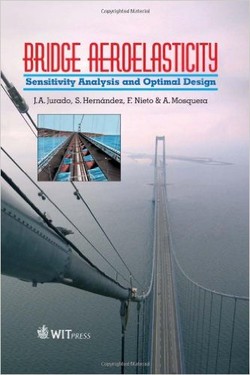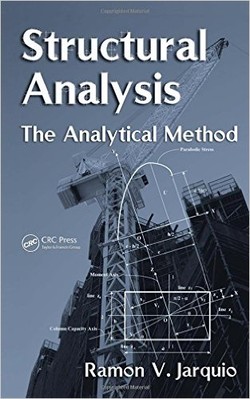ساختمانهای بلند
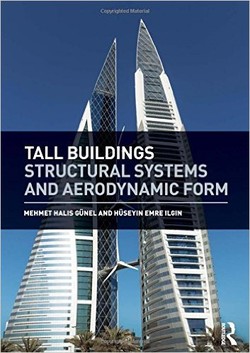
چالشهای ساختاری ساختمانهای با ارتفاع 800 متر رو به آسمان، قابل توجه است و شامل عوامل متعددی است که بر روی ساخت و ساز کمارتفاع تاثیر نمیگذارند.
کتاب “ساختمانهای بلند” بر این حوزهها تمرکز میکند بهویژه برای ارائه دانش معماری و ساختاری که در جهت طراحی موفق ساختمانهای بلند باید در نظر گرفته شوند.
این کتاب با ارائه نمونههایی از فولاد، بتون مسلح و سیستمهای ساختاری کامپوزیت برای چنین ساختمانهایی، نشان داده است که بار باد تاثیر مهمی در طراحی معماری و ساختاری دارد. رویکرد آیرودینامیک ساختمانهای بلند نیز در این متن مورد توجه قرار گرفته است. به عنوان مثال زلزله القاکننده بارگذاری جانبی.
کتاب “ساختمانهای بلند” بر این حوزهها تمرکز میکند بهویژه برای ارائه دانش معماری و ساختاری که در جهت طراحی موفق ساختمانهای بلند باید در نظر گرفته شوند.
این کتاب با ارائه نمونههایی از فولاد، بتون مسلح و سیستمهای ساختاری کامپوزیت برای چنین ساختمانهایی، نشان داده است که بار باد تاثیر مهمی در طراحی معماری و ساختاری دارد. رویکرد آیرودینامیک ساختمانهای بلند نیز در این متن مورد توجه قرار گرفته است. به عنوان مثال زلزله القاکننده بارگذاری جانبی.
سال انتشار: 2014 | 214 صفحه | حجم فایل: 23 مگابایت | زبان: انگلیسی
Tall Buildings: Structural Systems and Aerodynamic Form
نویسنده
Mehmet Halis Günel,Hüseyin Emre Ilgin
ناشر
Routledge
ISBN10:
1138021776
ISBN13:
9781138021778
قیمت: 16000 تومان
برچسبها: تحلیل سازه سازه سازه های ساختمانی طراحی سازه
The structural challenges of building 800 metres into the sky are substantial, and include several factors which do not affect low-rise construction. This book focusses on these areas specifically to provide the architectural and structural knowledge which must be taken into account in order to design tall buildings successfully. In presenting examples of steel, reinforced concrete, and composite structural systems for such buildings, it is shown that wind load has a very important effect on the architectural and structural design. The aerodynamic approach to tall buildings is considered in this context, as is earthquake induced lateral loading.
Case studies of some of the world’s most iconic buildings, illustrated with full colour photographs, structural plans and axonometrics, will bring to life the design challenges which they presented to architects and structural engineers. The Empire State Building, the Burj Khalifa, Taipei 101 and the HSB Turning Torso are just a few examples of the buildings whose real-life specifications are used to explain and illustrate core design principles, and their subsequent effect on the finished structure.
